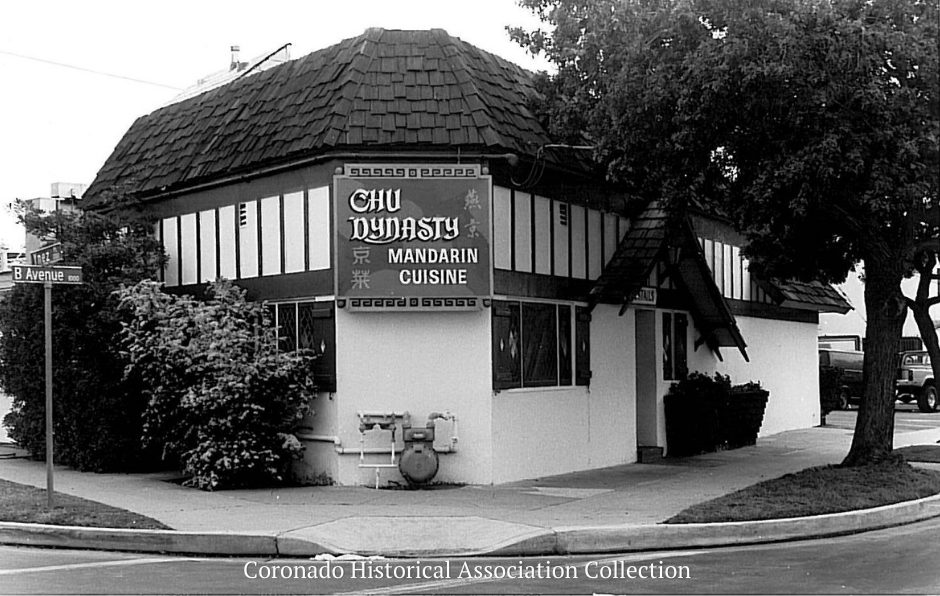
Where have all the neighborhood Chinese restaurants gone? Most have shuttered, leaving their communities with no good and convenient Chinese food, as well as a sense of loss. The restaurants that are left operate in areas with large Asian populations, like the Convoy Asian Cultural District in Kearny Mesa or Little Saigon in City Heights.
Restaurants were established in Chinatowns serving their community but eventually gained an even wider audience after WWII allowing them to branch out into neighborhoods all over the country. The boom of Chinese food after the second world war saw the birth of the iconic Chinese to-go box and fortune cookies.
The box we now use for a Chinese to-go container already existed as an oyster pail. The container, now constructed with one piece of paperboard, was designed to prevent leaks which makes it perfect for takeout food. The origami design also allows the box to open into a plate – now you know. The iconic pagoda logo and the words “Thank you” and “Enjoy” were eventually printed in bold red against the boxes’ white background. This newly decorated container quickly became as synonymous with Chinese food in America as the fortune cookie.
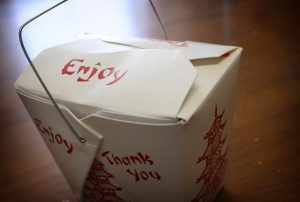
A California invention with Japanese origins, the fortune cookie became a popular dessert in Chinese restaurants after WWII. Today, over three billion fortune cookies are produced yearly, most of them for the United States.
So if Chinese restaurants were so popular, how did they end up back where they started? Did we fall out of love with Chinese food?
The American people have maintained their love affair with Chinese cuisine. Our passion for the food has surpassed the Americanized dishes like chop suey to include authentic regional varieties. Why then do we have to seek it out now? Why did it leave the neighborhoods?
Coronado was once home to a great Chinese restaurant called the Chu Dynasty. From 1975 to 2003, it sat proudly on the corner of B Avenue and Ynez place, where Lobster West stands today in a new two-story business complex. Chester Chu graciously served our community for 28 years.

Chu Dynasty was a white tablecloth, Lazy Susan type of place. Beautiful family heirlooms adorned the walls. Dark and dimly lit, the dining room felt mysterious. I remember absolutely loving this place as a child; eating there felt new and exciting, bordering on exotic. Chopsticks and spinning Lazy Susan* had my full attention, no more forks or passing plates.
The adults ordered fun drinks in dramatic glassware; some drinks were meant to be shared and came with long straws that could reach across a table. Chu Dynasty served me my first Shirley Temple — a simple 7-Up would not do. I have fond memories of my father tying our cherry stems into a knots using his mouth and then challenging us to do the same. Our temporary silence was the real trick.

The Pu Pu platter offered a selection of the best appetizers and came with a little grill. Deciding between the wonton and egg drop soup drove me crazy. Even the duck spoons used for the soup were cool and different. As a child, you felt like you were traveling to China for dinner. How could something this fun go away?
Restaurants of this kind have disappeared from neighborhoods like ours at alarming rates. The Mandarin House in San Diego experienced the same fate. Many factors have contributed to this, but a major reason lies in the fact that the past and current generation didn’t and doesn’t want to run these restaurants. Few families started restaurants because of their passion for food; most did so out of necessity, a way to make a living. Families worked hard in restaurants, so their children wouldn’t have to. Change is inevitable but we will miss these beloved local restaurants.
Now that our local spots have disappeared how do we find good Chinese food? In most cases you have to travel to the culturally designated neighborhoods to get it. Most good Chinese restaurants will do take-out but not delivery. I have only seen a few good ones available through delivery services.
There are many good Chinese restaurants in San Diego’s Asian Cultural District, like Jasmine and The Dumpling Inn for dim sum, dumplings and a whole host of other regional dishes.
Minh Ky Restaurant in the Little Saigon area of El Cajon Boulevard rocks an old-school vibe. The number of items on the menu staggers the imagination. They have a list of popular items on their website, complete with pictures. I suggest you reference it. They do not use delivery services, but you can call to order and pick up. I love this area of the town; I am there at least twice a month, if not more, for Pho, other great restaurants, and grocery shopping at various Asian markets.
If you are willing to drive to La Jolla, the ultimate dumpling house, Din Tai Fung, is located in UTC. It is a hard reservation to get, but worth it. Mandarin House has been on La Jolla Boulevard since 1977; it will bring back memories of the Chu Dynasty in Coronado.
Here are a few restaurants closer to home for take-out, and one whose food you can get delivered.
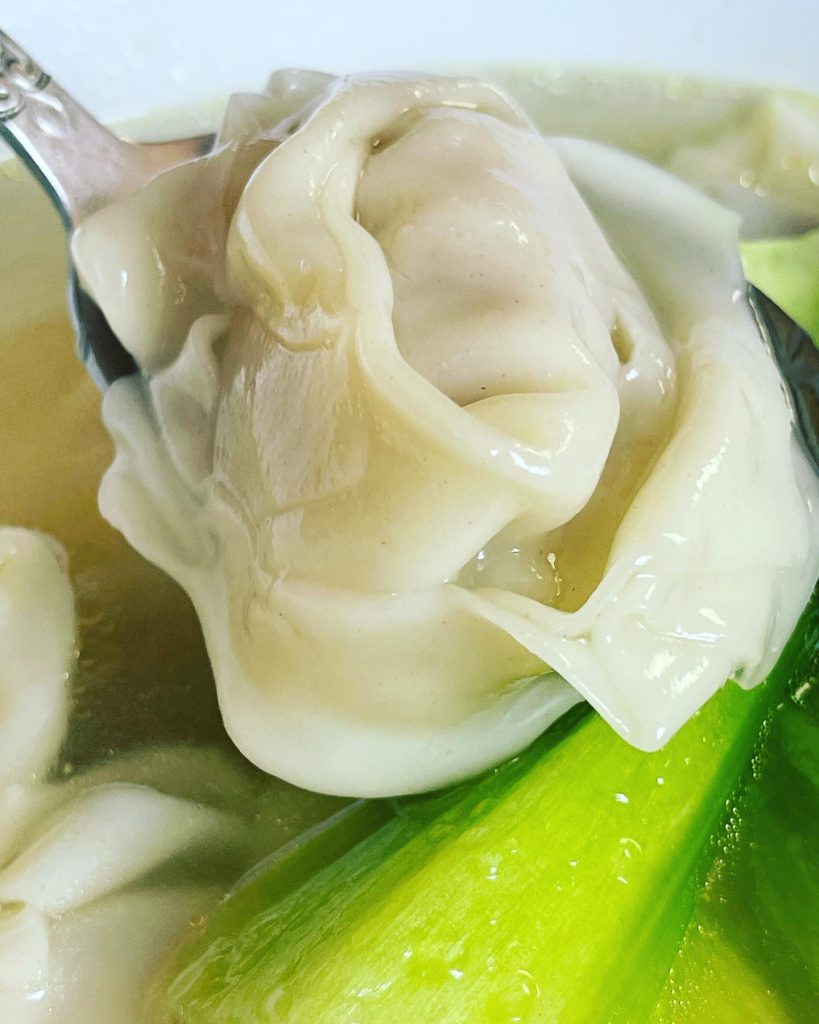
Dumplings N More in Hillcrest crafts handmade noodles and dumplings daily, and you can get them delivered through Door Dash or GrubHub. The wonton soup and the spicy wontons showcase the delicacy of their handmade dumplings; they simply melt in your mouth. Take advantage of the Xiao Long Bao (soup dumplings); you will want a double order.
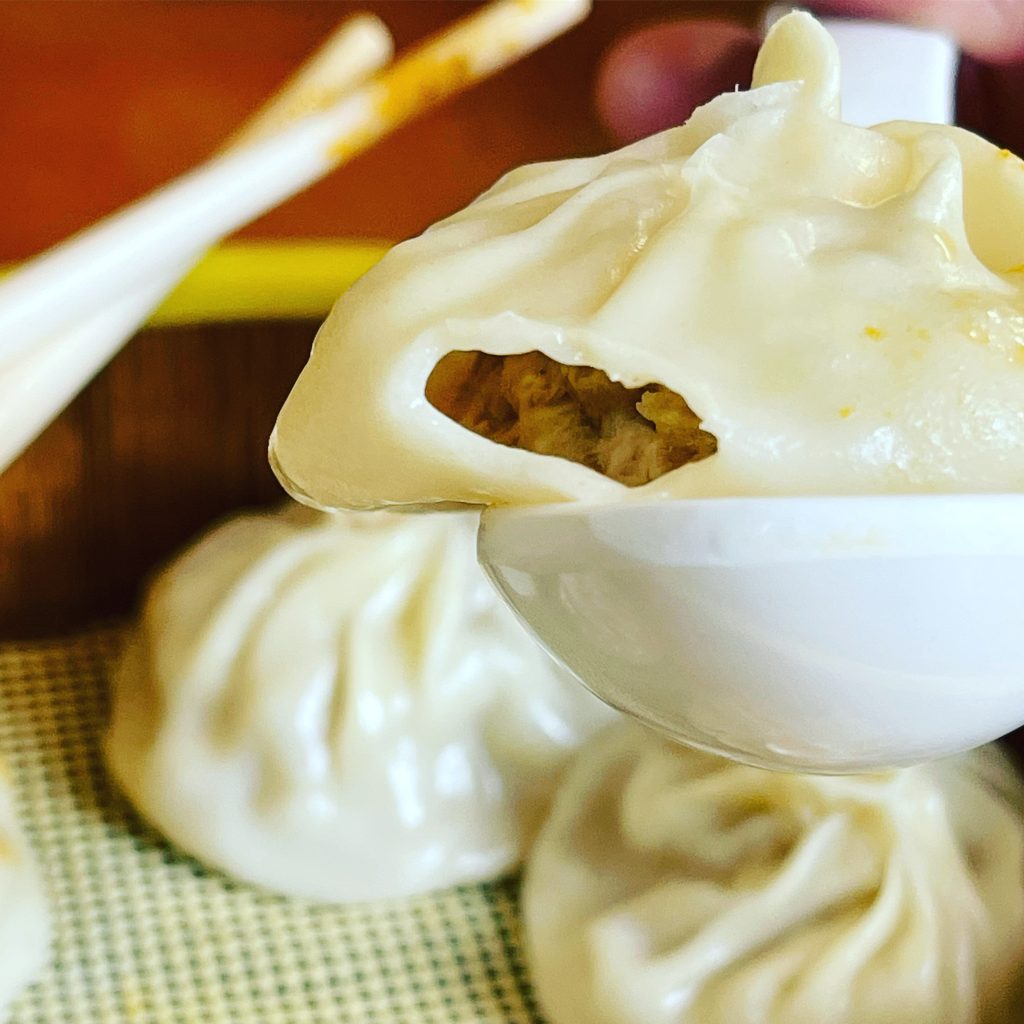

Fortunate Son is not an authentic Chinese restaurant, but it doesn’t have to be. Consortium Holdings has turned this space into an old-school spot with Chu Dynasty, Mandarin House vibes. The menu features only a small handful of food choices which makes it easy to navigate. The dining room is worth a visit for all its wonderful décor. Fortunate Son is connected to Polite Provisions, so a good craft cocktail is just a short distance away.
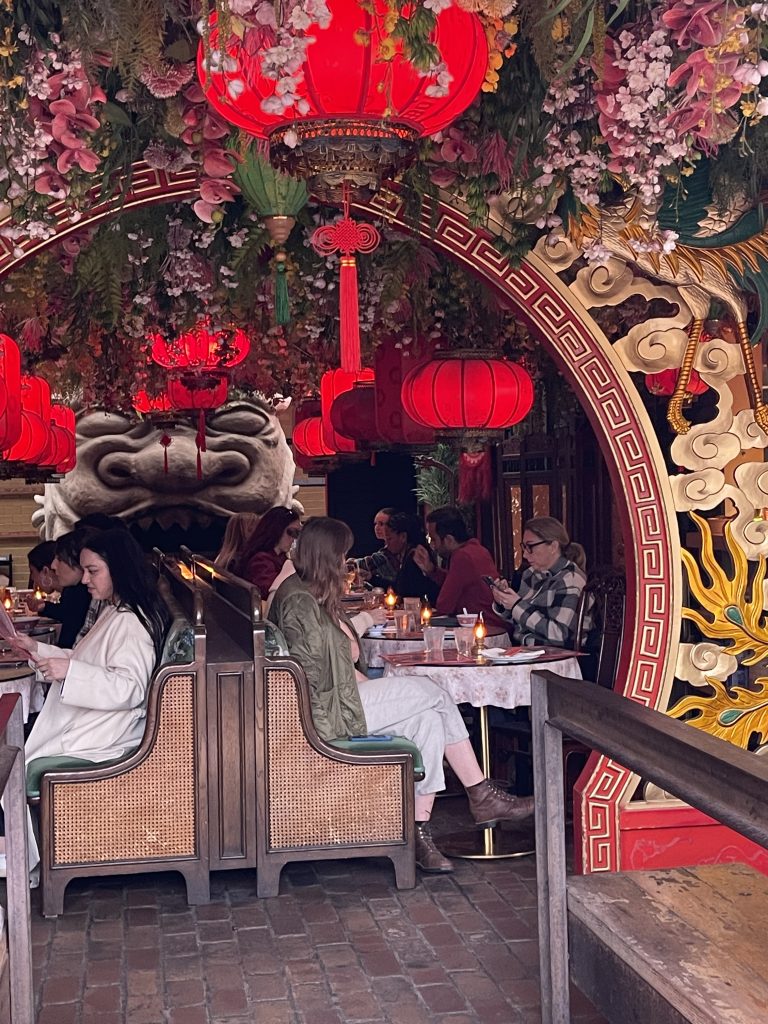
Confucius once said, “anyone can find the switch once the lights are on.” I hope I have shed some light on the mystery of the disappearing restaurant as well as illuminating some good places for you to try.
*Lazy Susan’s became standard in San Francisco’s Chinatown restaurants in the 1950s. This helpful device soon became synonymous with Chinese cuisine worldwide. A fun fact: in Australia, they call a Lazy Susan a slack Sharron.
For more Coronado history, check out the Coronado Historical Association. Come see the latest exhibit: A View from the Periscope, which will be closing on January 29, 2023. The exhibit includes twenty-eight paintings on loan from the Navy’s History and Heritage Command and highlights Coronado’s little-known connection with submarine history.





